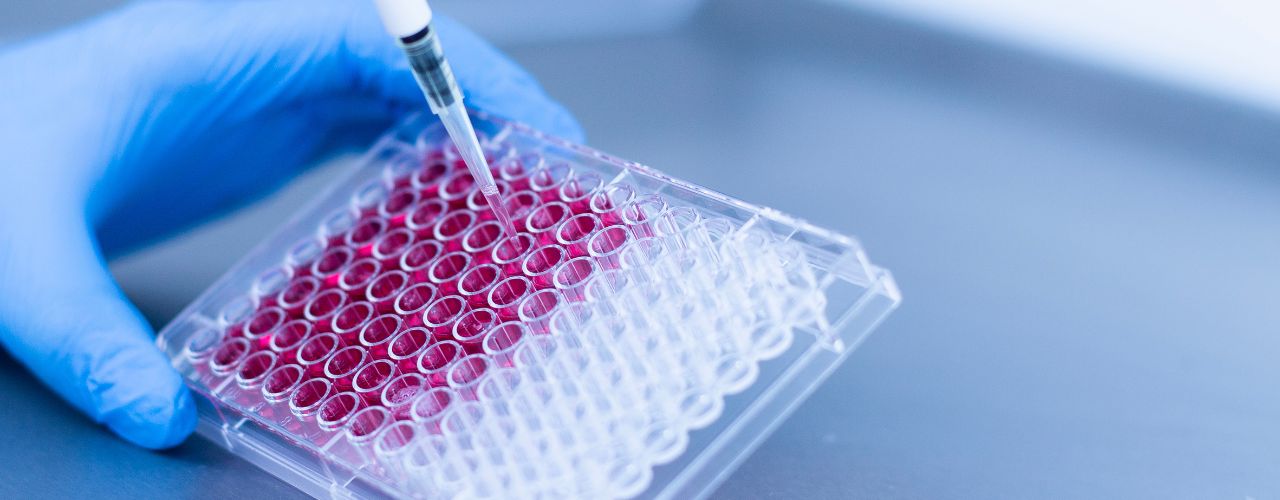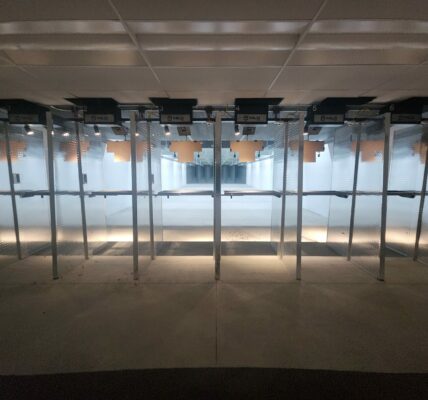The world of laboratory research is consistently evolving and refining techniques to achieve accurate and efficient results. One method of great importance in the lab is TEER measurement. But what is TEER measurement, and why should laboratories use it? Keep reading to explore the scientific principles behind TEER measurement, the equipment and techniques used, and real-world applications that demonstrate its significance in laboratory research.
What Is TEER Measurement?
Transepithelial Electrical Resistance (TEER) is a widely recognized and utilized method for evaluating the barrier properties of cultured cells, specifically focusing on epithelial and endothelial cells. This non-destructive and non-invasive technique measures the electrical resistance of cell layers, serving as an essential indicator of tight junction functionality and overall integrity.
High TEER values indicate a stronger barrier and improved cell layer integrity, which holds significant importance in various research areas, such as drug absorption, permeability, and cell viability assessment. By providing a valuable means of assessing cellular barrier properties, TEER enables technicians and researchers to gain deeper insights into the intricate mechanisms underlying cell function and behavior.
Equipment and Techniques Needed To Measure TEER
To obtain accurate TEER measurements, certain specialized equipment and techniques are required. Most laboratories use resistance-measuring systems or setups consisting of a specialty meter, electrodes, and cell culture inserts in multi-well plates containing the cultured cell monolayers.
Various commercially available TEER measurement systems cater to specific laboratory needs, differing in features, accuracy, and price. The system you choose for your research depends on factors such as the size and number of samples, ease of use, desired accuracy, and budget.
Why Laboratories Should Use TEER Measurements
TEER measurements are crucial in laboratory research and experiments for several reasons. Firstly, they help assess cell viability and quality, allowing researchers to determine the suitability of cell cultures for testing. Secondly, TEER aids in the analysis of barrier integrity, particularly in understanding tight junctions between cells in organ systems. Lastly, TEER measurement plays a significant role in drug absorption and permeability studies, enabling the evaluation of drug properties and their effects on cell monolayers. It’s important to note that these are just a few examples of the benefits of TEER measurement in laboratories.
TEER measurement is an essential method for laboratories, offering researchers invaluable insights into cell viability, barrier integrity, and drug permeability. Now that you know what TEER measurement is and why laboratories should use it, you can understand its significance in laboratory research. Incorporating TEER measurement techniques in lab work can significantly enhance the accuracy and efficiency of cell-based studies and facilitate advancements in various scientific fields.






